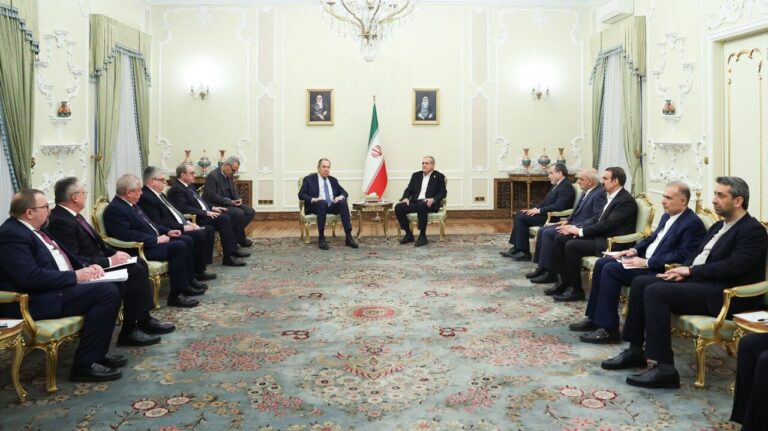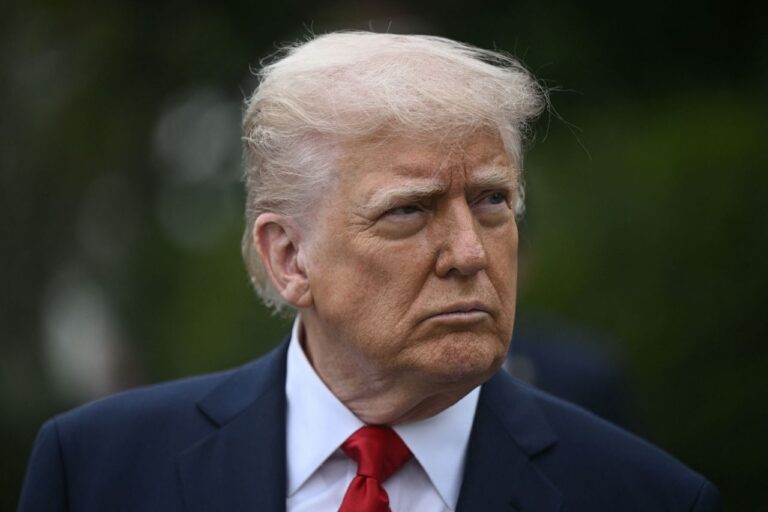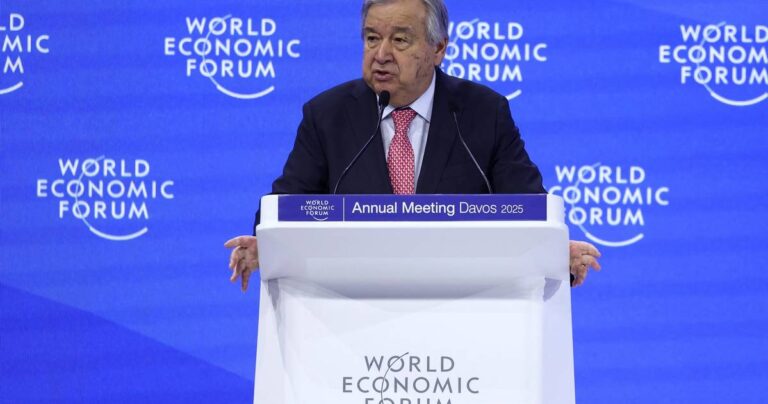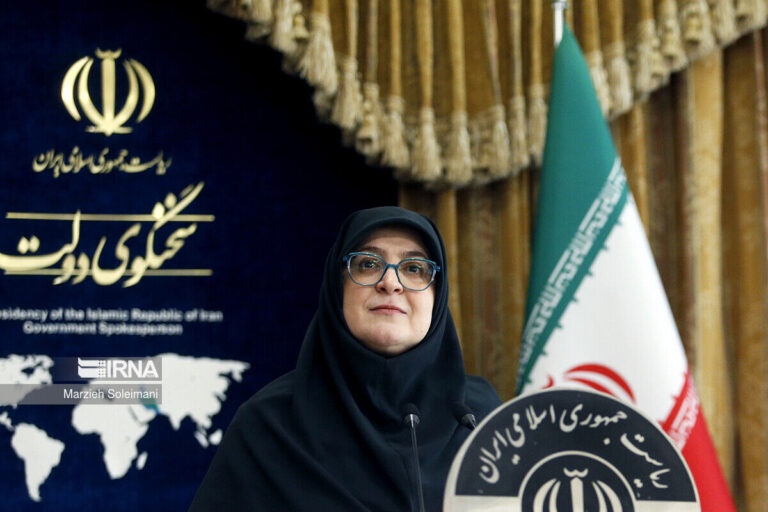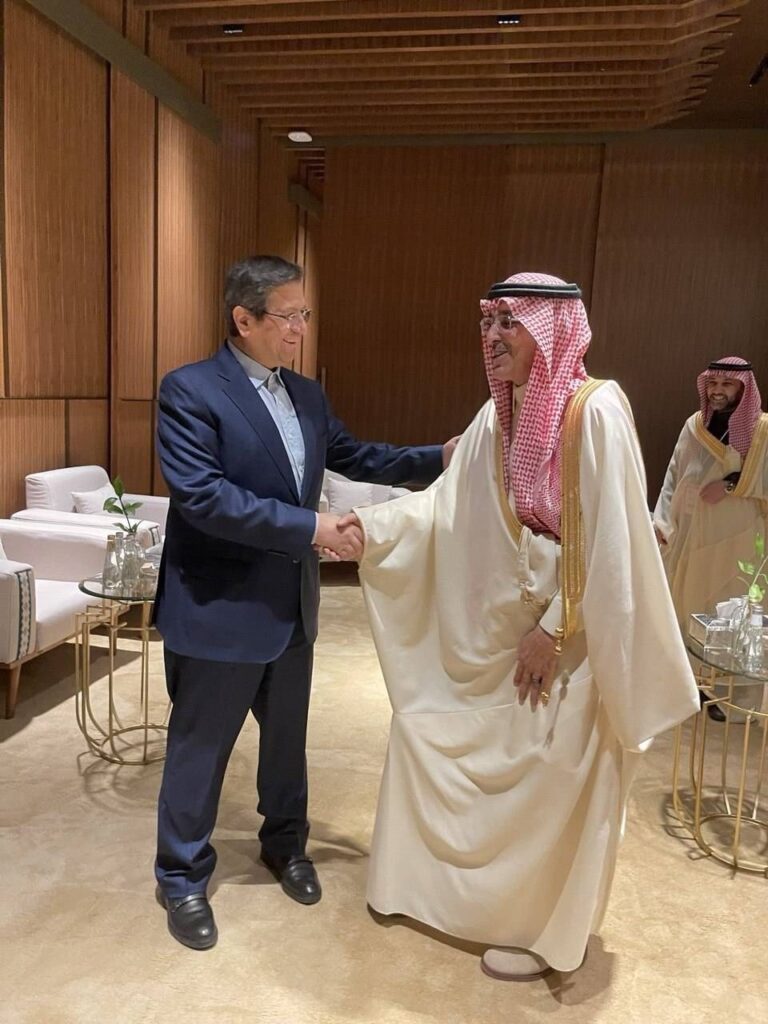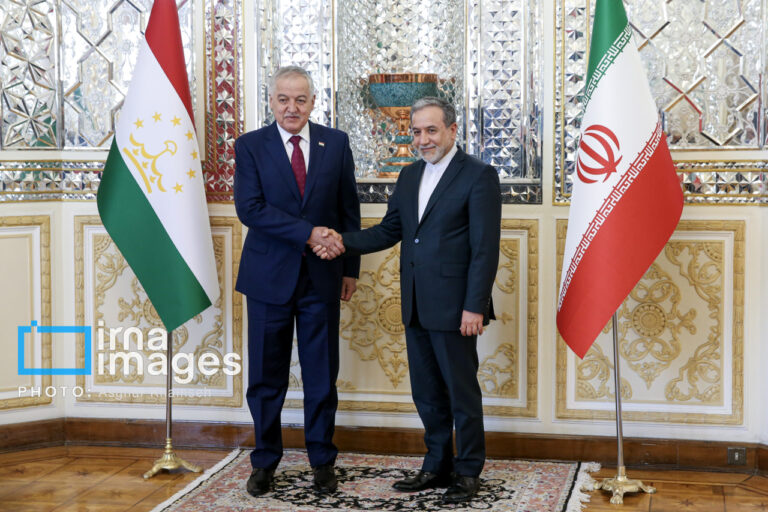Iranians Embrace Nowruz: A Vibrant Celebration of Non-Islamic Culture Amidst Rulers’ Challenges
As Iranians celebrate the New Year, known as Nowruz, a rich tapestry of cultural and historical pride is on full display. This year’s festivities have been marked by a rising wave of patriotic sentiment, with many calling for the restoration of the pre-Islamic Revolution monarchy. Across the nation, from ancient sites to urban centers, citizens are expressing their hopes and aspirations amidst a backdrop of economic challenges and political discontent.
Gatherings at significant historical locations have become a focal point for these celebrations, with individuals uniting to honor Iran’s rich heritage while also voicing their demands for change. Notably, at Persepolis, the ceremonial capital of the Achaemenid Empire located in Fars province, large crowds eagerly counted down to the arrival of spring. Their enthusiasm was palpable, despite state efforts to dampen the festivities in favor of religious observances.
- At Persepolis, chants for Reza Shah, the founder of the Pahlavi Dynasty, echoed through the air, reflecting a longing for modernization that began a century ago.
- Official narratives were challenged as videos circulated online, showcasing Iranians celebrating Nowruz in defiance of the government’s push for religious programming tied to the anniversary of Imam Ali’s death.
In Shiraz, the tomb of the revered 14th-century poet Hafez became a gathering point where a large crowd sang “Ey Iran,” a patriotic anthem often associated with opposition to the current regime. This outpouring of national pride signals a shift in public sentiment, as many express dissatisfaction with the current leadership.
Even in the Khorasan Razavi province, home to the Shiite shrine city of Mashhad, where cultural events like concerts have been banned by local authorities, gatherings persisted. At the tomb of Ferdowsi, the 10th-century poet celebrated for his epic “Shahnameh,” crowds chanted phrases such as “Reza Shah, rest in peace” and “Shah, come home.” This gathering, located 30 kilometers from Mashhad, demonstrated a persistent connection to Iran’s pre-Islamic history.
Demonstrators invoked the name of the exiled crown prince, Reza Pahlavi, while drawing comparisons between Khamenei and Zahhak, a mythical tyrant from the “Shahnameh” known for his oppressive rule. This allegory highlights the discontent felt by many Iranians, particularly in light of the country’s deteriorating economic conditions.
According to the Iranian Statistics Center, inflation rates surged by 4.1% in February 2025, marking the highest monthly increase in two years. The US dollar reached a staggering 1,000,000 rials just days before Nowruz, underscoring the profound economic instability affecting the nation. In his annual Nowruz address, Khamenei notably refrained from extending greetings, instead opting to focus on Ramadan’s Nights of Qadr while labeling the economy as the primary concern of the year.
The overlap of Nowruz and Ramadan has intensified tensions, as authorities emphasize religious adherence over national celebration. In the aftermath of the 2022 uprising, Nowruz celebrations have increasingly transformed into a platform for public defiance, with some instances escalating into open protests against the government.
On Tuesday, protests erupted in major cities including Tehran, Karaj, Mashhad, and Isfahan, where young Iranians boldly set fire to images of Supreme Leader Ali Khamenei. These actions reflect a growing dissonance between state ideology and public sentiment, as citizens openly challenge the government’s narrative.
While the government attempted to impose a somber tone on the holiday, the vibrant scenes across Iran revealed a deepening divide. The spirit of Nowruz, traditionally a time of joy and renewal, has become a canvas for expressing frustration and hope for a better future. As the nation navigates these complex cultural and political landscapes, the celebrations of Nowruz serve as a poignant reminder of the enduring strength and resilience of the Iranian people.
In conclusion, this year’s Nowruz celebrations have been marked by a blend of cultural pride, political expression, and economic frustration. As Iranians gather at significant historical sites to honor their heritage, they also voice their aspirations for change, challenging the status quo and advocating for a brighter future.

